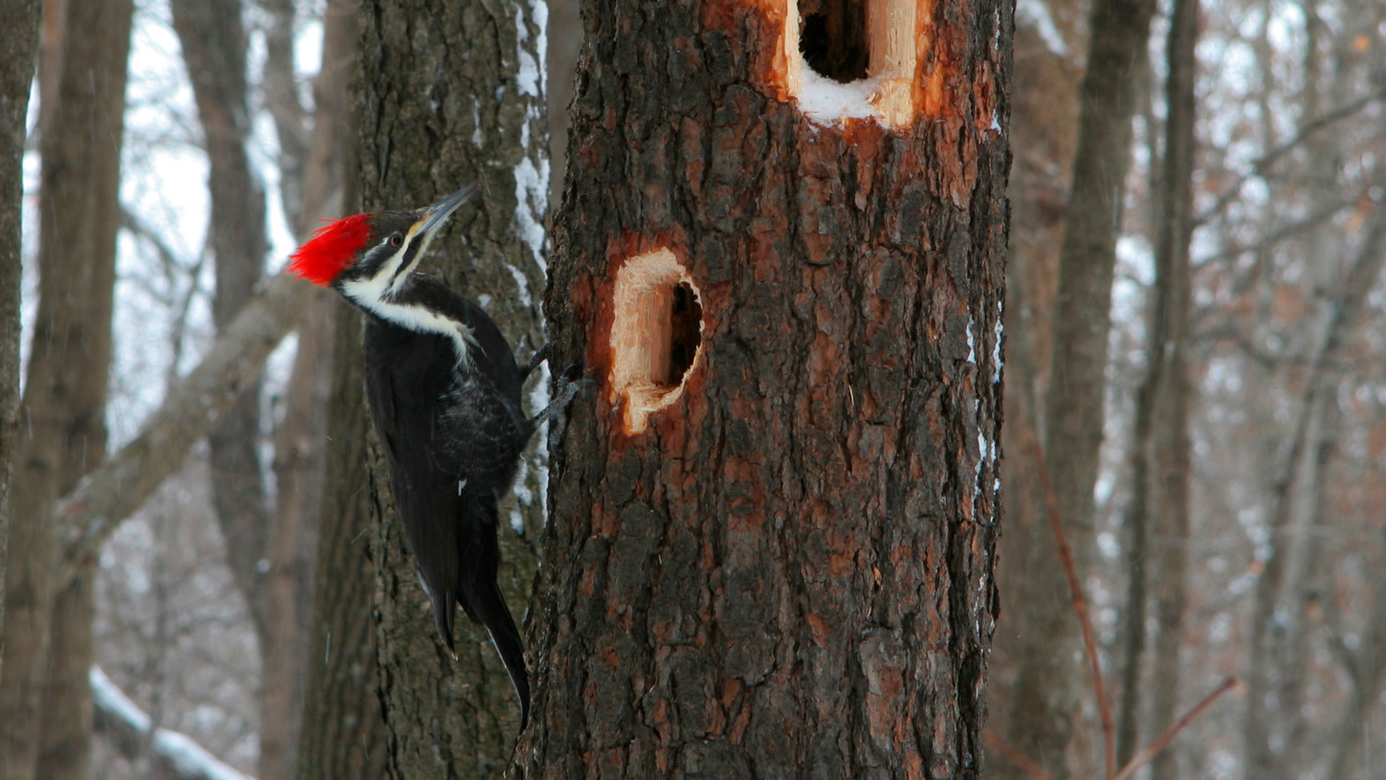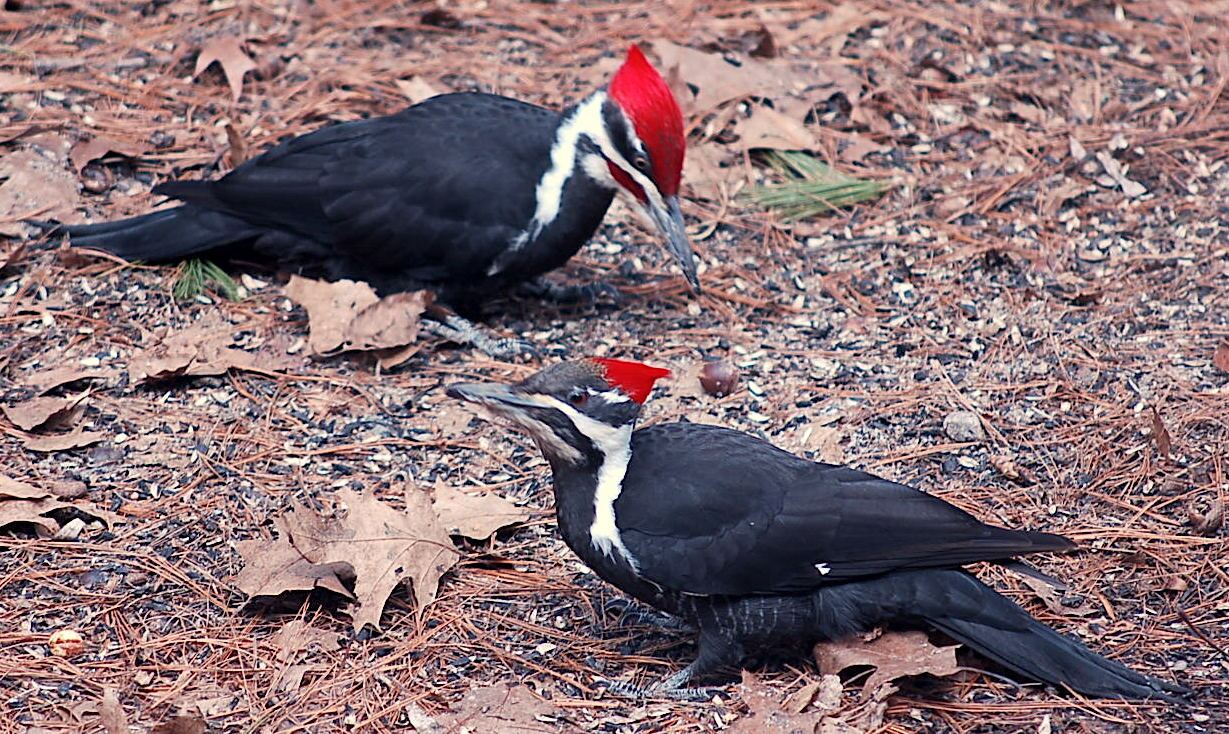Woodpeckers in Florida: Identification Tips and Environment Preferences
Woodpeckers in Florida: Identification Tips and Environment Preferences
Blog Article
Unveiling the Keys of Woodpeckers: Behavior, Environment, and Much More
Woodpeckers, with their one-of-a-kind habits and specialized adjustments, have actually long fascinated scientists and nature lovers alike. These remarkable birds have a range of interesting keys that shed light on their survival techniques, environment choices, and intricate communication techniques. By revealing the enigmas surrounding woodpeckers' habits and environment selections, a much deeper understanding of these avian wonders emerges, using a glance right into their fascinating world. So, what makes these birds genuinely phenomenal, and how do they navigate their atmosphere with such precision and skill? Let's explore the captivating realm of woodpeckers and decipher the enigmatic details that make them such interesting subjects of research study.
Woodpecker Actions Insights
In taking a look at woodpecker behavior, a remarkable display of specialized abilities and adaptations emerges, clarifying their amazing ecological niche - Woodpeckers in Florida. Woodpeckers, known for their distinct drumming on trees, have a range of behavioral traits that add to their survival and success in their atmosphere. One key actions is their drumming, which offers several purposes such as interaction, developing territory, bring in companions, and finding food sources. This balanced pecking likewise showcases their remarkable toughness and endurance, as they can hammer away constantly at high speeds without creating damage to themselves.
Furthermore, woodpeckers display an unique feeding actions characterized by their capability to extract bugs from tree bark utilizing their specialized beaks. Their long, barbed tongues help in capturing victim, while their solid neck muscle mass give stability and accuracy throughout pecking motions. This feeding method allows woodpeckers to gain access to surprise insect larvae and extract them with exceptional efficiency.
Habitat Preferences and Option
What variables affect the environment choices and option of woodpeckers? One critical variable affecting woodpecker environment option is the schedule of ideal nesting websites. Woodpeckers normally favor woodlands with a mix of fully grown trees that supply sufficient chances for tooth cavity excavation.
Additionally, woodpeckers show a preference for environments with a bountiful supply of food resources. They are mostly insectivorous, eating beetles, ants, larvae, and other insects found in worn out timber or tree bark. Woodpeckers tend to prefer woody areas with a diverse insect populace to satisfy their dietary needs.
In addition, the existence of dead or decaying trees is an additional crucial aspect in woodpecker habitat option. These trees not only provide food resources however also supply appropriate substrate for dental caries excavation. Dead trees are necessary for the maintenance of healthy and balanced woodpecker populaces, as they play a crucial role in the woodpeckers' life process and community characteristics.
Feeding Routines and Diet Plan Composition
Woodpeckers demonstrate a specialized feeding actions focused on foraging for pests within different environments. Their diet plan primarily contains pests such as beetles, ants, caterpillars, and crawlers, home which they find by touching on tree bark and paying attention for the noise of movement inside. Woodpeckers use their solid beaks to drill right into the timber and their long, barbed tongues to draw out prey from gaps. In addition to insects, woodpeckers additionally eat tree sap, fruits, nuts, and seeds, including variety to their diet plan depending on the season and availability of food sources.
The foraging methods of woodpeckers are well-adapted to their arboreal way of living (Woodpeckers in Florida). Their capacity to dig deep into timber not Look At This just provides them with food but also helps in producing nesting tooth cavities and establishing areas. Woodpeckers play a critical role in keeping the health of woodlands by regulating insect populaces and assisting in the disintegration of timber. Recognizing their feeding behaviors and diet regimen make-up is crucial for preservation initiatives intended at protecting these distinct and important birds.
Drumming Sounds and Communication
Making use of fast drumming noises on various surface areas, woodpeckers utilize an unique form of interaction to indicate territory borders and bring in companions. This drumming behavior is not just a way of communication yet likewise acts as a means for woodpeckers to establish their presence within a certain area. The strength, rate, and visite site pattern of the drumming can convey important details to other woodpeckers in the vicinity.
Woodpeckers make use of drumming noises to introduce their existence in a territory and to advise off prospective burglars. The loud and repeated nature of the drumming acts as a clear signal to various other woodpeckers that the area is currently claimed. This assists in reducing problems and reducing physical battles between people.

Survival Adaptations and Specialized Composition

Final Thought
To conclude, woodpeckers show distinct habits, such as drumming sounds for interaction, and have actually specialized anatomy for survival in their chosen habitats. Their feeding behaviors and diet structure better demonstrate their flexibility to various environments. By recognizing these elements of woodpeckers, scientists and conservationists can much better shield and preserve these interesting birds and their communities.
Report this page